
Earth
14:59, 07-Feb-2019
Mankind's ghost town is nature's creative sculpture
Updated
17:10, 07-Feb-2019
By Zhang Hao

Danxia, Yardang and Karst landforms are the three most common terrains in China. They are the result of different types of erosion, combined with geological structure and climate change. These landforms decorate the earth with unique landscapes that make other areas pale in comparison. In this seven-part photo series, we will take a peek at places in China that well represent the characteristics of the mentioned landforms.
Yardang
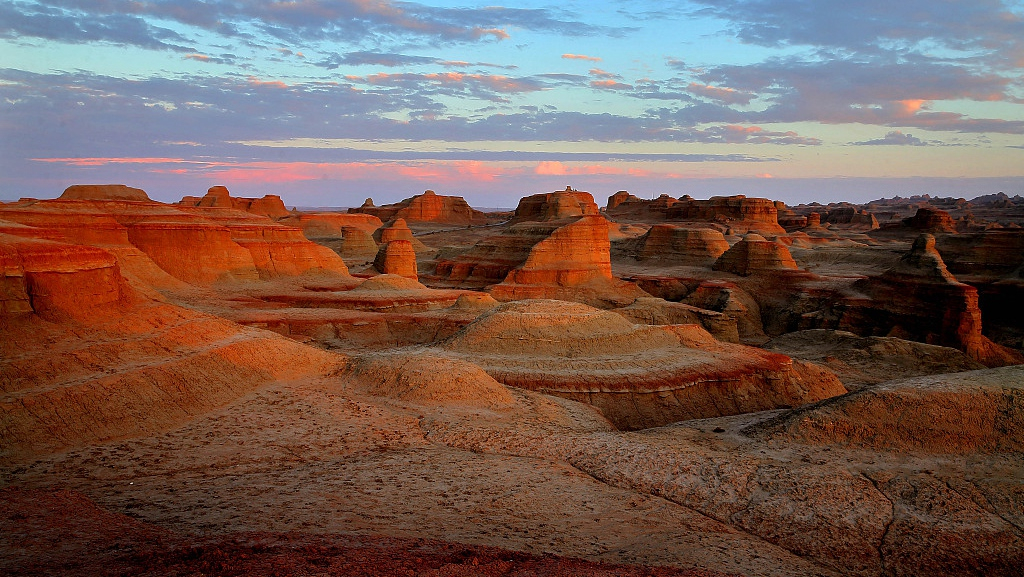
Wuerhe Ghost Town in Xinjiang Uygur Autonomous Region, China. /VCG Photo
Wuerhe Ghost Town in Xinjiang Uygur Autonomous Region, China. /VCG Photo
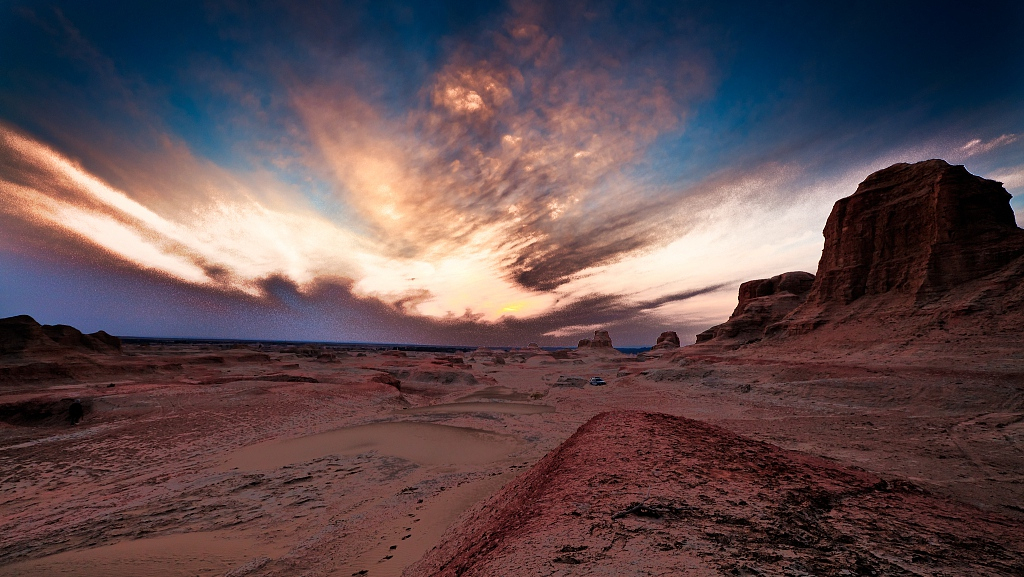
Wuerhe Ghost Town in Xinjiang Uygur Autonomous Region, China. /VCG Photo
Wuerhe Ghost Town in Xinjiang Uygur Autonomous Region, China. /VCG Photo
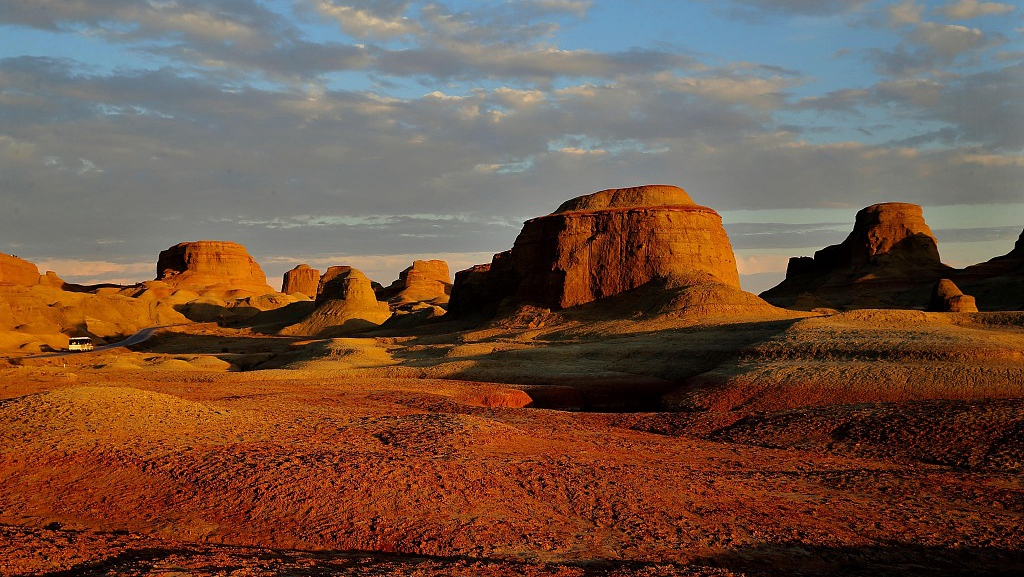
Wuerhe Ghost Town in Xinjiang Uygur Autonomous Region, China. /VCG Photo
Wuerhe Ghost Town in Xinjiang Uygur Autonomous Region, China. /VCG Photo
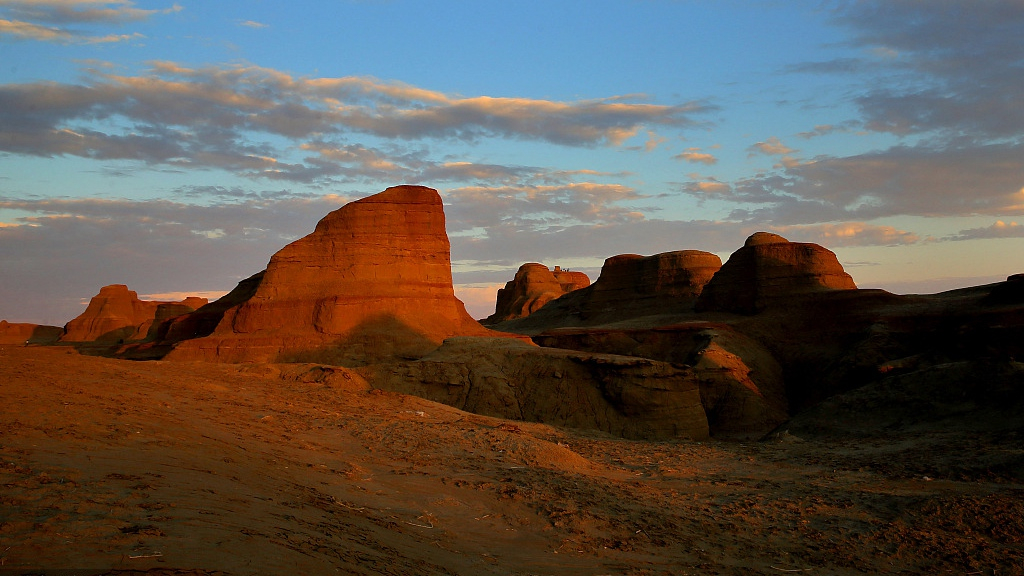
Wuerhe Ghost Town in Xinjiang Uygur Autonomous Region, China. /VCG Photo
Wuerhe Ghost Town in Xinjiang Uygur Autonomous Region, China. /VCG Photo
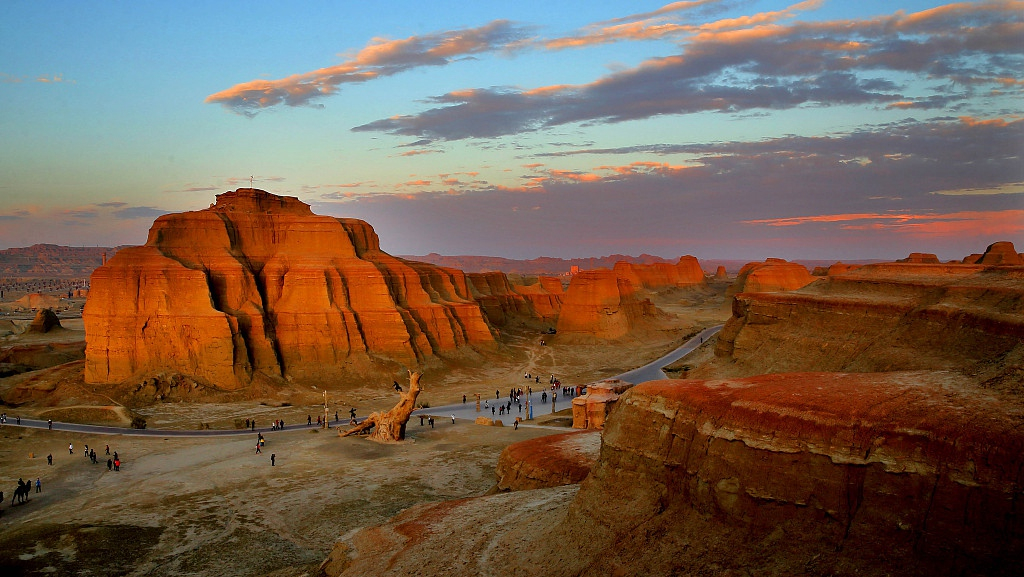
Wuerhe Ghost Town in Xinjiang Uygur Autonomous Region, China. /VCG Photo
Wuerhe Ghost Town in Xinjiang Uygur Autonomous Region, China. /VCG Photo
Yardang landforms are the result of wind erosion and can be found in dry areas. They are common in northwest China and feature castle-like structures covered by many ridges and grooves. Wuerhe Ghost Town in northwest China's Xinjiang Uygur Autonomous Region serves as one of the best representations of this landform. Besides the unique landscape, its howling wind makes this place like a horror film scene that lives up its name.
(Top image from VCG Photo.)

SITEMAP
Copyright © 2018 CGTN. Beijing ICP prepared NO.16065310-3
Copyright © 2018 CGTN. Beijing ICP prepared NO.16065310-3